10 Foods and Beverages Introduced in the 1980s (We Still Eat and Drink Today)
The 1980s introduced America to many consumer food products. While some items have since become nothing more than nostalgic memories, others have stood the test of time and are still enjoyed today. While I could list 10 products and their histories, I went much further and invited my old friend Milo Denison on a shopping trip at the local grocery store. We purchased these items and made a lunch of them. So, here are 10 foods and beverages introduced in the 1980s you can still get today, and our takes on them following a 1980s packaged lunch.
Every classy 1980s consumer product lunch has to start with an appetizer. The theme for our appetizer was “Ranch”. If you were around in the 1980s, you could not get away from Ranch dressing. It took the 80s by storm and was used in uncountable ways.
Shelf Stable Hidden Valley Ranch (1983)
Ranch dressing predates the 80s when Steve Henson made a small fortune with his plumbing business in Alaska. He perfected his buttermilk dressing recipe in 1949 cooking for his colleagues. In 1954, he used his wealth to buy a property in California and called it Hidden Valley Ranch. Steve served his dressing to guests and friends at the estate. It became so popular with locals that he started selling it to nearby grocery stores. Over the years, the business, headquartered at Hidden Valley Ranch, grew so large that he sold the brand to Clorox in 1972 for $8 million! Ranch dressing took off in 1983 when Clorox introduced shelf-stable Ranch (bottles that didn’t need refrigeration). Since then, the Ranch dressing flavor owned the 80s and overtook Italian as the best-selling style of salad dressing in 1992. Keep in mind this story is a North American one. If you ask anyone outside of the United States and Canada about how huge Ranch dressing is, they might not feel your vibe.
Shelf-stable Ranch dressing collection at Safeway. There’s only one “real” Ranch and that’s Hidden Valley!
Cool Ranch Doritos (1986)
It’s interesting to note Doritos (which means “Little Golden Things” in Spanish) were not flavored at all when invented in the 1960s. It wasn’t until 1972 when Doritos introduced the Nacho Cheese flavored version we all know and love today. The hot nacho needed a cool counterpart and the Cool Ranch flavor of Doritos hit markets in 1986. This flavor also proved Doritos could inaugurate different flavors for their chips, and they did so en mass starting in the 90s. Although numerous Doritos flavors have come and gone over the years, Nacho Cheese and Cool Ranch make up the foundational yin-yang of Doritos, often with fandom camps on each side. Incidentally, Cool Ranch Doritos are known as “Cool American” or “Cool Original” outside North America.
The package might be different, but Cool Ranch Doritos are timeless.
For our appetizer, we went full-blown Ranch and dipped our Cool Ranch Doritos in Hidden Valley Ranch dressing. I thought the double Ranch was double cool and worked well for me. Milo had different thoughts. In either case, we can now say we dipped Cool Ranch Doritos in Hidden Valley Ranch dressing and ate them, so we can now die without regret. We did enjoy Ranch on a small salad though as it would be the only chance to eat a fresh vegetable during this experiment.
Milo’s Thoughts
“I really like Ranch dips but dipping Cool Ranch in the Ranch…? That’s a bit too much Ranch. On a salad, however, Ranch is the way to go.”
“I used to love Doritos. Then I moved to London, UK where the limited selection of chips (aka crisps) meant that I ate a lot of Doritos and Pringles. Now, not as much of a fan. Sorry Doritos, you used to be a Cool Ranch, now I prefer to avoid the Ranch.”
Now we move to our “introduced in the 80s” consumer product meal with our main course:
Lunchables (1988)
We started our main course by munching on a box of ham and American cheese Lunchables. We were eating Lunchables in Issaquah, Washington 20 miles east of their original, introductory market of Seattle. Lunchables were first inaugurated in Seattle in 1988 before moving nationwide the following year. Tom Baily of Oscar Meyer conceived Lunchables in 1985 as a means to sell more lunch meats. Lunchables were meant to appeal to busy mothers who could provide a quick lunch for their kids on the way out the door. The quick lunches included Oscar Meyer meats, cheese, and crackers with packaging reminiscent of a TV dinner.
The Lunchables selection these days is quite extensive. Its hard to choose!
We went with a more classic selection of Lunchables with ham, American cheese, and an Oreo cookie.
I remember thinking Lunchables were so cool when I was a kid but find myself annoyed with them now as an adult. There are over two dozen varieties of Lunchables today, but we went with the basic ham and cheese combo with an Oreo cookie. My only thought was that I could buy each of the three ingredients individually and combine them to make many Lunchables at a fraction of the cost. We’re only paying for the compartmentalized plastic convenience. Were mothers of the 80s (and of today for that matter) too busy or is it laziness at this point? Milo agrees:
“What happened to the mustard? Did it not come with mustard before? I’m eating a meat and cheese one. This should have some mustard! For some bizarre reason, I still like them, even though I know they aren’t all that good for me and I could just as easily buy some meat, cheese, and crackers and save money.”
Lean Cuisine (1981)
We now move on to the only hot food item on this list and the only one that didn’t try to kill us with its fat, salt and/or sugar content… Lean Cuisine. The 1980s ushered in an era of health-conscious consumers who wanted to eat healthier and maintain their weight. In response, Stouffers branched out a new line of healthier frozen meals dubbed “Lean Cuisine”. With its brilliant name and advertising, supermarkets had a tough time keeping Lean Cuisine entrées stocked when they were introduced in 1981. Other companies have since imitated with their own lines of healthier frozen meals. Lean Cuisine started out with ten meals upon its inauguration, but there are now over seven dozen dishes today.
A sample of the many 85+ varieties of “Lean Cuisine” at the supermarket frozen aisle. “Meals for One” is perfect for the kind of dates Jamie has.
With so many options, we decided to go with the Salisbury steak with mac n’ cheese. We’ve talked about Salisbury steak on our podcast more than once for some reason and wanted to see how Lean Cuisine’s version was. I agree with Milo’s thoughts:
“As a connoisseur of microwave Salisbury steaks, I have to be honest, this is pretty good. Smells like crap when it is cooking, but once it is on the table in front of me, I’m pretty happy with it. The less salt compared to others is noticeable in a good way. And a nice touch with the mushrooms. The mac and cheese taste a bit bland. But nothing a bit of salt from the shaker can’t solve. Overall, I’d get this again.”
With all the saturated fat, cholesterol, and sodium, our hearts started begging us for some sugar, so we moved on to the desert part of our 80s consumer product lunch.
Fruit Roll-Ups (1983)
Introduced by General Mills’ Betty Crocker brand in 1983, Fruit Roll-Ups were a sweet snack based on traditional fruit leather. Yet, this mass-produced version contained almost no fruit at all. Despite the slogan, “real fruit and fun, rolled up in one”, there was little fruit. Except for a small amount of pear juice concentrate, the snacks were comprised of corn syrup and artificial color. Still, they were pretty fun. The candy was rolled up on cellophane and there was nothing like the sound of peeling off the fake fruit sheet. Betty did fool a lot of moms who trusted her as the candy was often marketed as wholesome. The Center for Science in the Public Interest called them out in 2011 with a lawsuit and ol’ Betty has since toned down the “made with real fruit” rhetoric.
We could only find Fruit-Rollups in a variety pack with its sibling products, “Fruit by the Foot” and “Fruit Gushers”. I have a teen son with friends so all this would not go to waste (or to my waist as the case may be).
“I don’t recall these being such a pain in the ass to eat. You have to open the package, then unroll them, and your hands stick to them getting all sticky. Then once you start sucking on them, it is basically fruit flavored sugar dissolving in your mouth. I finished eating one of these with a strong need for a drink of water to wash the taste out of my mouth.”
Nerds (1983)
Although David and Judy Klein invented Nerds in 1976, it wasn’t until 1983 when they hit North American shelves under Sunmark Corporation’s “Willy Wonka Candy Company” brand. Essentially poofy bits of sugar coated with more sugar, the package covers included anthropomorphic creatures resembling the candy. A unique feature was the two-flavor combinations, each flavor having its own compartment of the box. I always enjoyed mixing the two as if they were different ant species having a war, but that’s me.
When we went shopping for Nerds now in 2023, we found them a little difficult to find. Moreover, the only flavor we could find was Rainbow, which mixes the flavors up without the box partitioning. It’s a shame because Milo and I were looking forward to having a Nerds battle. I suppose the Nerds all found peace with this particular variety. Humans of the world can learn something from Rainbow Nerds.
“As a child, I loved these hard little sugar balls. Now they make me wonder how much they are contributing to my waistline, and I feel like I need to brush my teeth after eating them.”
Nothing says “I don’t care about obesity and diabetes” like a 1983-style Nerds and Fruit Roll-up combo!
Throughout our lunch, we sampled many beverages introduced in the 1980s, all of which exacerbated our waste line and heart health issues.
Original New York Seltzer (1981)
Father and son team Alan and Randy Miller created Original New York Seltzer on the other side of the U.S. in Walnut, California in 1981. The non-caffeinated, clear beverages featured glass bottles and natural ingredients. I remember liking this soda brand because, although it had the qualities of a high-end beverage, it was actually quite affordable. Low-income kids like me could feel a little posh with New York Seltzer. The soft drink was discontinued in 1994.
So, why is it on this list if this is about food and beverages we still enjoy today? Well, Original New York Seltzer made a comeback in 2015 and is again on store shelves with both original and new flavor offerings. There were only two available for us, Black Cherry and Vanilla Cream, with a fair deal on the price. It was a hard choice, but we went with the Vanilla Cream and were not disappointed.
Milo’s Thoughts
“A nice light vanilla and cream flavor. This would be great sitting on a back patio during a warm summer day. I like that it comes in glass bottles instead of plastic. Drink with caution. One little bottle is 61% of the recommended daily sugar intake so, lots of sugar. I had two.”
Capri Sun (1981)
Since we are on the Pacific coast, we went with Capri Sun Pacific Cooler.
If you haven’t noticed by now, this list is America-centric, so for Europeans insisting "Capri-Sonne" was invented in Germany by Rudolf Wild in 1969… you are correct. Ten years later, in 1979, legendary boxer Muhammad Ali became the brand’s ambassador, and in 1980, the products were launched in Asia and Africa. The U.S. would finally get a Capri Sun launch in 1981. The standup pouch and attached straw were a revolution in convenience. In 1982 it won the U.S. Medal for Packaging of the Year.
I remember how convenient and tasty these were when I was a kid, and this product is multi-generational as my own kid has enjoyed Capri Sun over the years. There is nothing like sucking on cold Capri Sun from a little straw in a pouch on a hot day.
Milo’s Thoughts
“It turns out drinking a Capri Sun warm isn’t very good. However, grab a nice cold one and they are delicious. I’d totally appreciate sitting by the pool and pulling one of these out of the ice filled cooler. Don’t let the packaging fool you, these are not healthy drinks.”
“Note: this would probably go well with vodka.”
Diet Coke (1982)
Diet Coke wasn’t the first diet cola. The Coca-Cola Company introduced Diet Rite all the way back in 1958, and its diet cola, Tab, in 1963. Even rival Pepsi entered the diet cola market with Diet Pepsi in 1964. Diet Coke was a massive step when inaugurated in 1982 because it was the first product to use the Coca-Cola trademark for almost a century. Diet Coke in the U.S. was made with saccharin but soon switched to aspartame in 1983.
Bonus Product: Equal (1982)
Speaking of aspartame, the aspartame-based artificial sweetener Equal was also launched in 1982. It was a sugar substitute used for anything from sweetening coffee to baking.
What did I use it for during our 1980s consumer product lunch? If you thought I’d add Equal to Diet Coke to see what happens, that’s crazy… and I totally did it.
It doesn’t take much Equal added to Diet Coke to make a fun, fizzy overflow. I named this drink “Volcaspartame” and tried it. It’s extra artificially sweet and quite sickening. I won’t add Equal to Diet Coke and drink it again. Even the thought makes me nocuous, but at least I can say I did it once in my life so I can die without regret.
Milo is not a fan of artificial sweeteners…
“Yuck, is all I can say about this. It tastes a little like Coke when you first drink it, then you get that nasty aftertaste that goes along with diet drinks. I should mention that diet sodas are actually worse for your health than regular sodas. So, even less reason to want to drink this gunk.”
Bud Light (1982)
Since we had well exceeded our healthy intake of sugar during our 1980s consumer product luncheon, we decided to top it off with some Bud Light! Known as Budweiser Light for the first few years of its existence, Bud Light was introduced to American consumers in 1982. Today, it is almost as ubiquitous as Diet Coke and it’s hard to imagine there was a world without Bud Light. Following the diet trend of the early 80s, Bud Light offered a lower-calorie option for beer drinkers. It was also a challenge to category-defining Miller Lite released years earlier. In fact, Bud Light, propelled by effective advertising, overtook Miller Lite in sales by the mid-90s.
Any beer is better in a frosty mug.
Buds drinking Buds.
There’s some kind of 21st Century controversy involving Bud Light going on now. Milo has his opinions but I don’t pay attention to that kind of thing and have no clue what’s going on. We’ll both be swapping back to our Pacific Northwest microbrews anyway.
Milo’s Thoughts
“I want to support Bud Light because I own stock in the company and all the conservatives are hating on the company right now. I generally like to do the opposite of what everyone else is doing. But, let’s be honest, it’s Bud Light. It’s something you drink when you are out working and don’t want to drink water, but also can’t drink a beer because you are working. So, you get a Bud Light. It’s like beer, but mostly it’s water. Isn’t beer supposed to taste better the more you drink? Oddly with this it seemed to taste worse as I continued drinking it. Although, that could also be because I was using it to wash fruit roll-up goo out of my mouth.”
What do you think about these products? Are there other foods or beverages introduced in the 80s that are still around today you would have added to this list? Are you surprised we didn’t die of a heart attack after this lunch? Let me know in the comments below. Also, be sure to check out The 80s and 90s Uncensored podcast food episodes. With that, I leave you with this quote:
“For all you do, this Bud’s for you.”










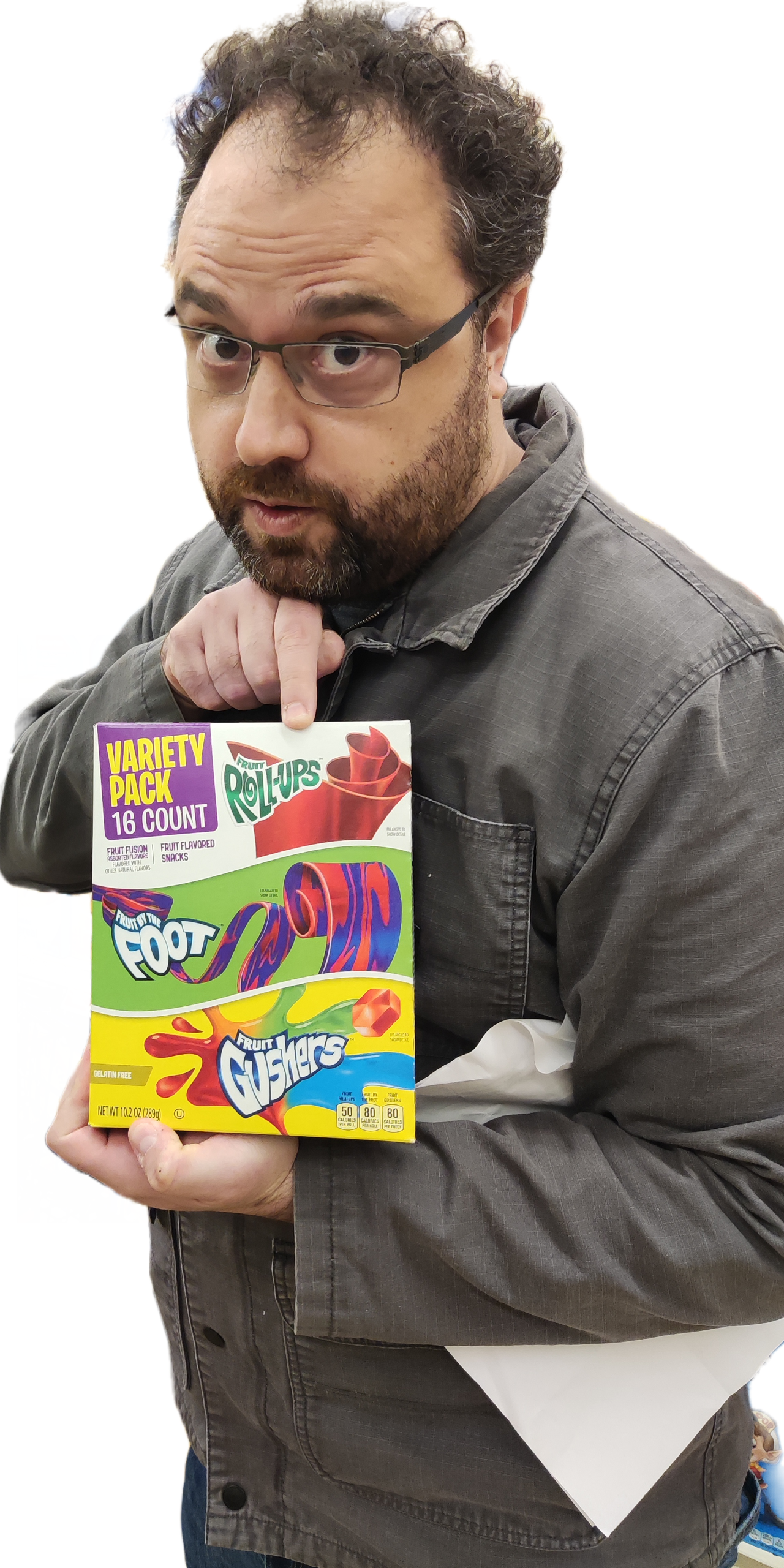


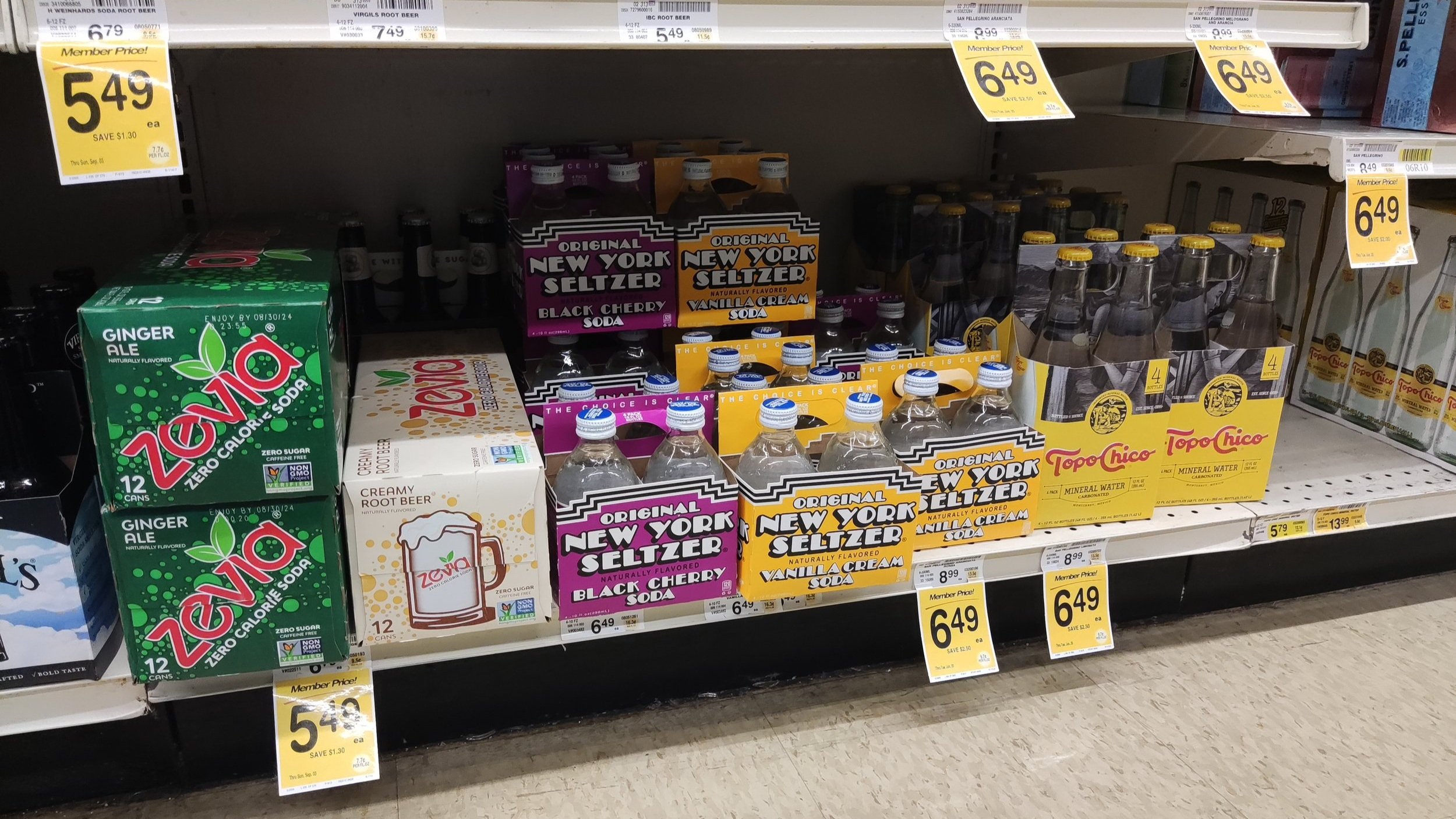












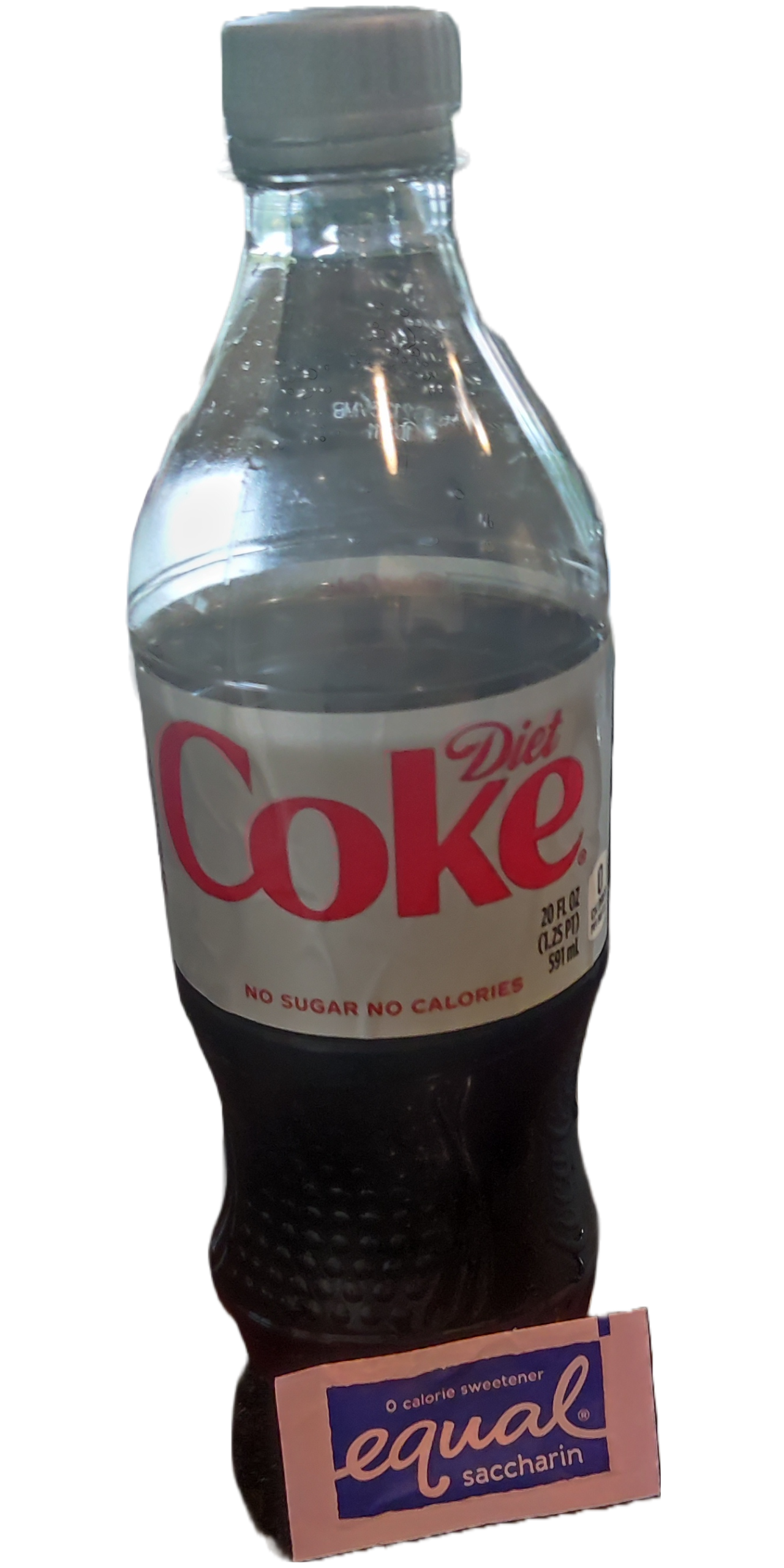
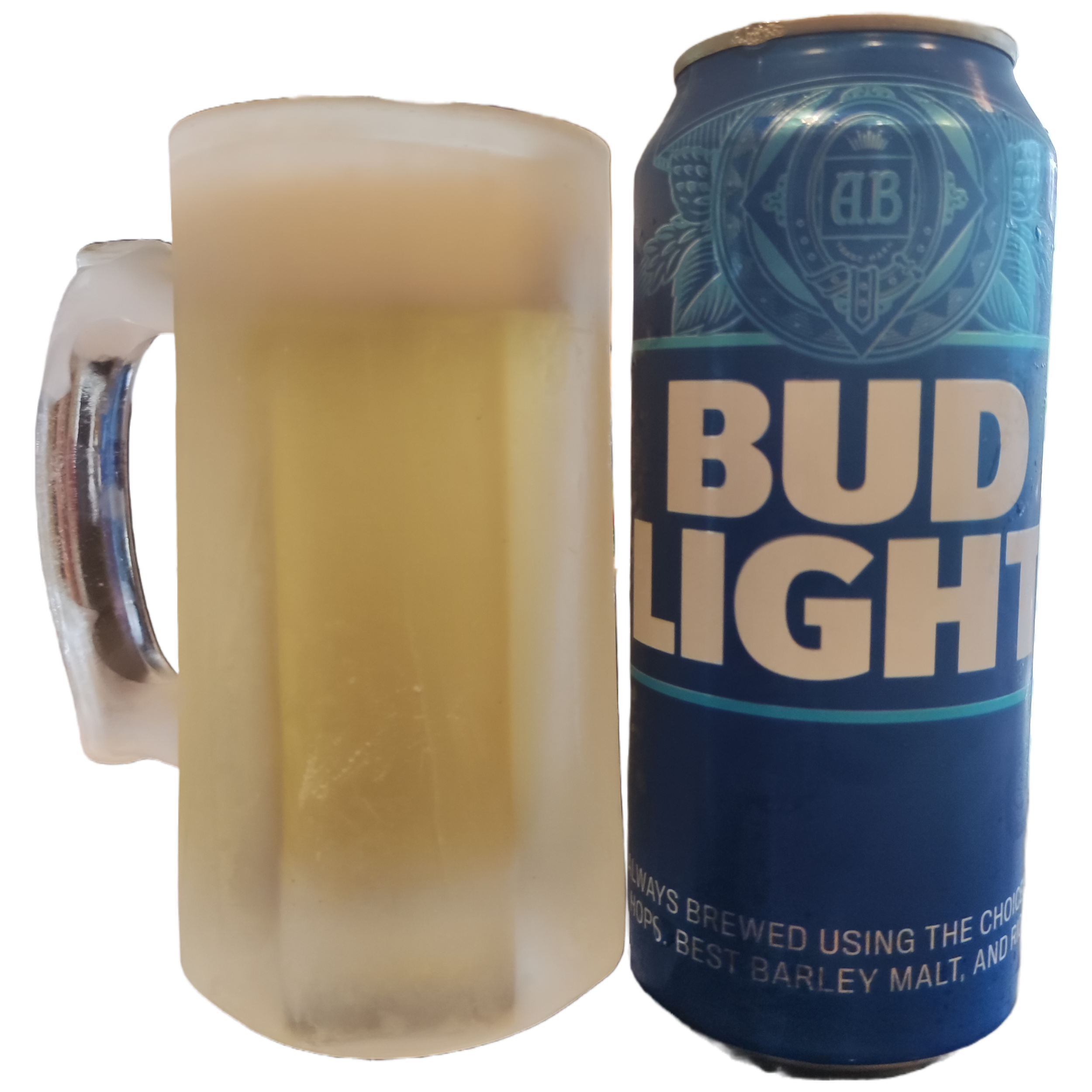



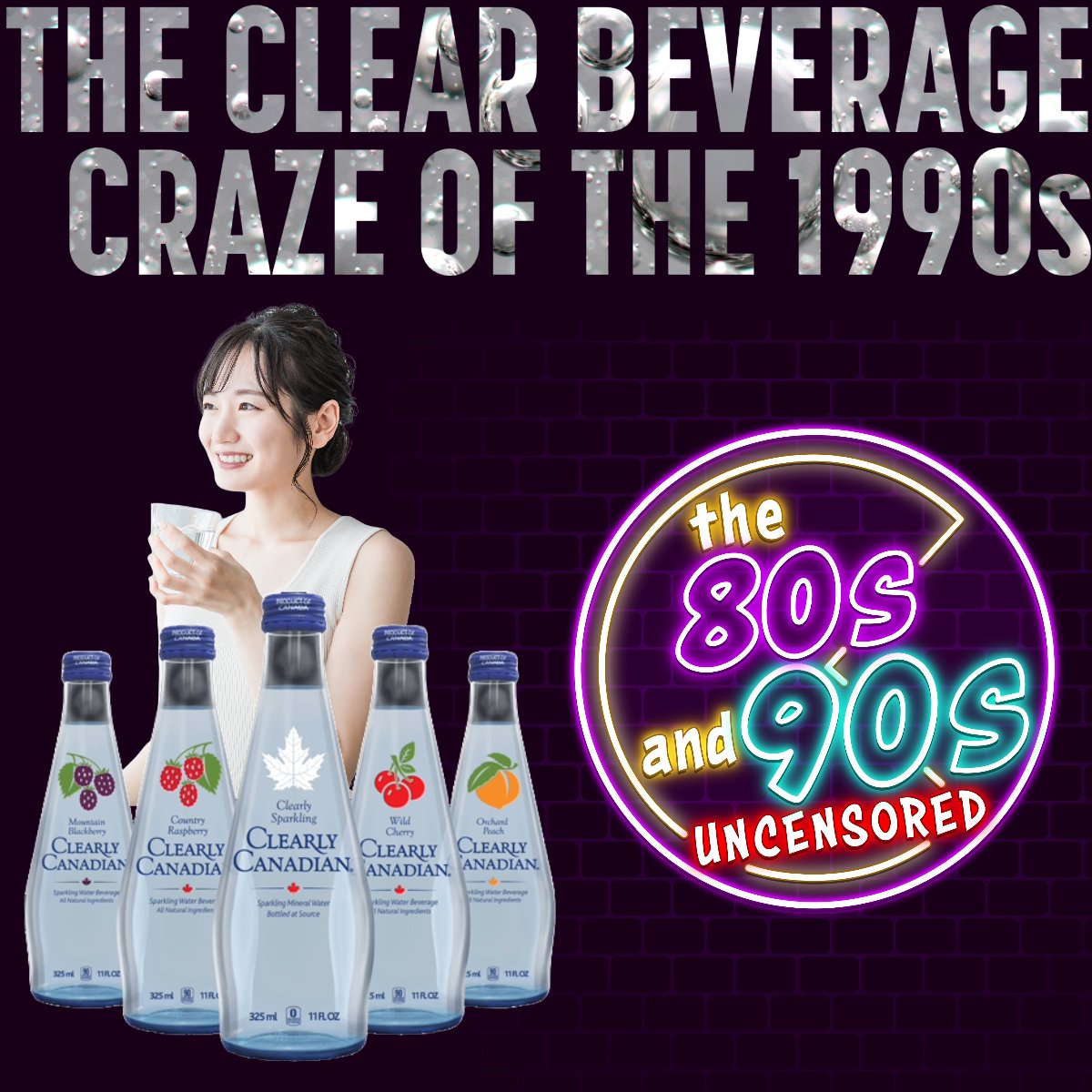
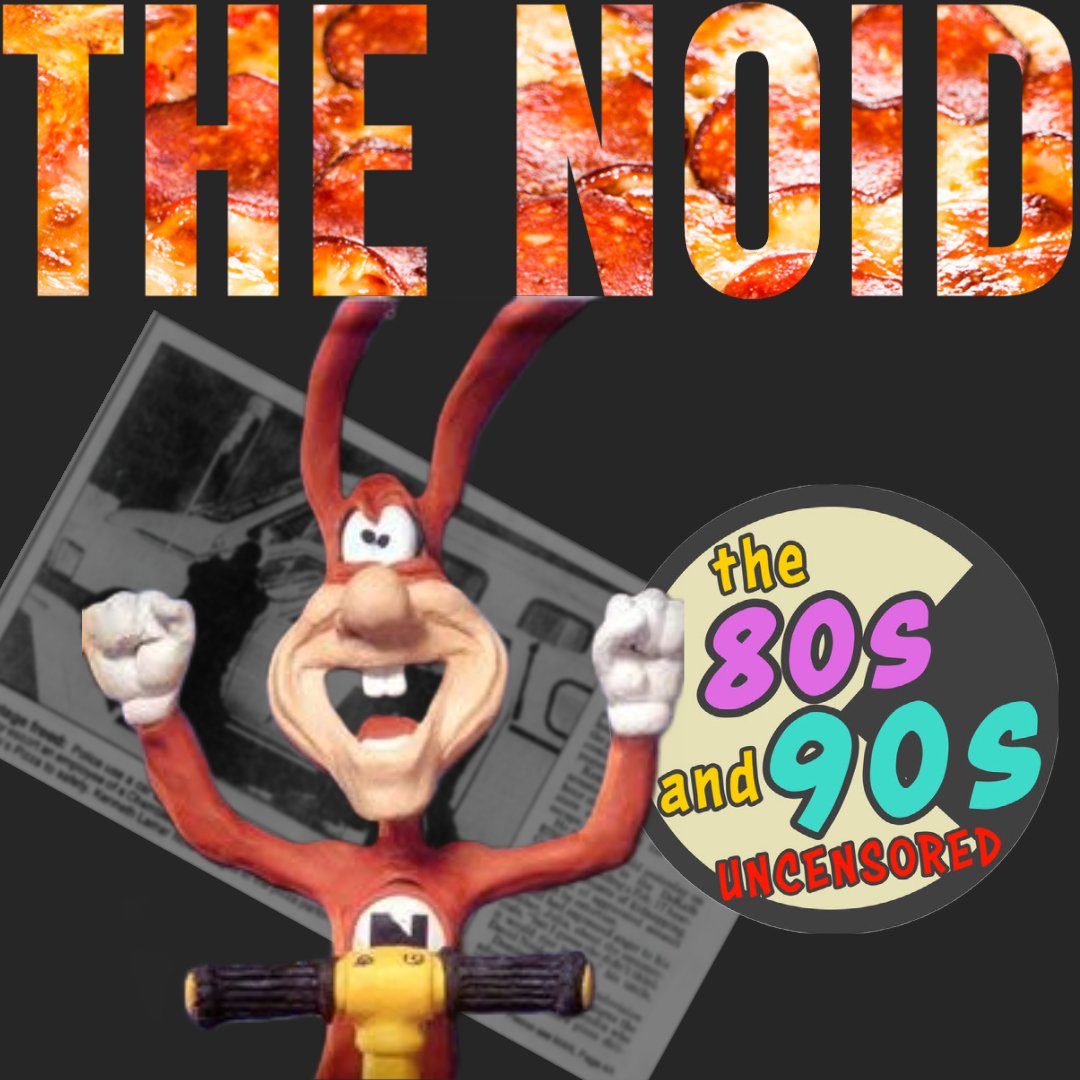


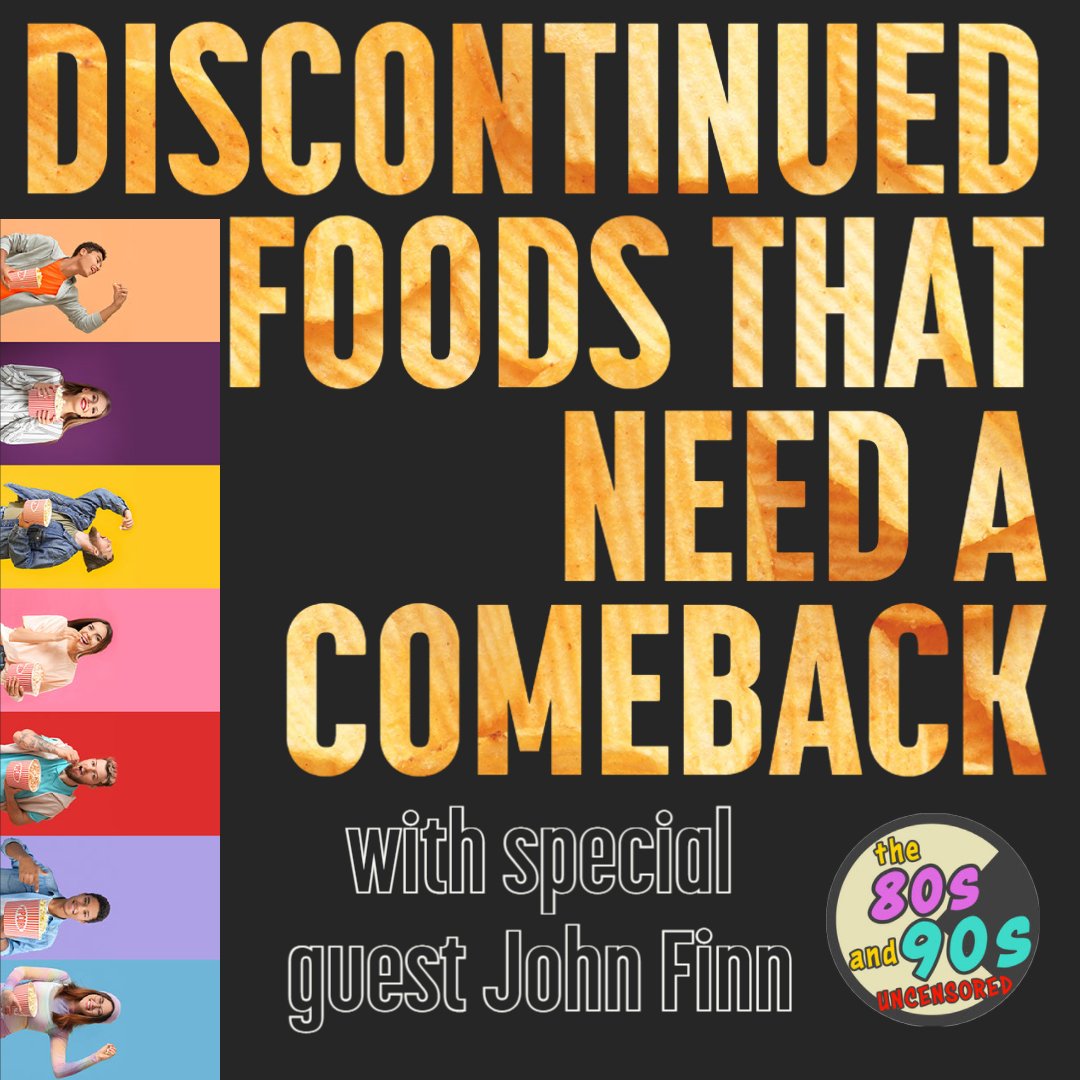

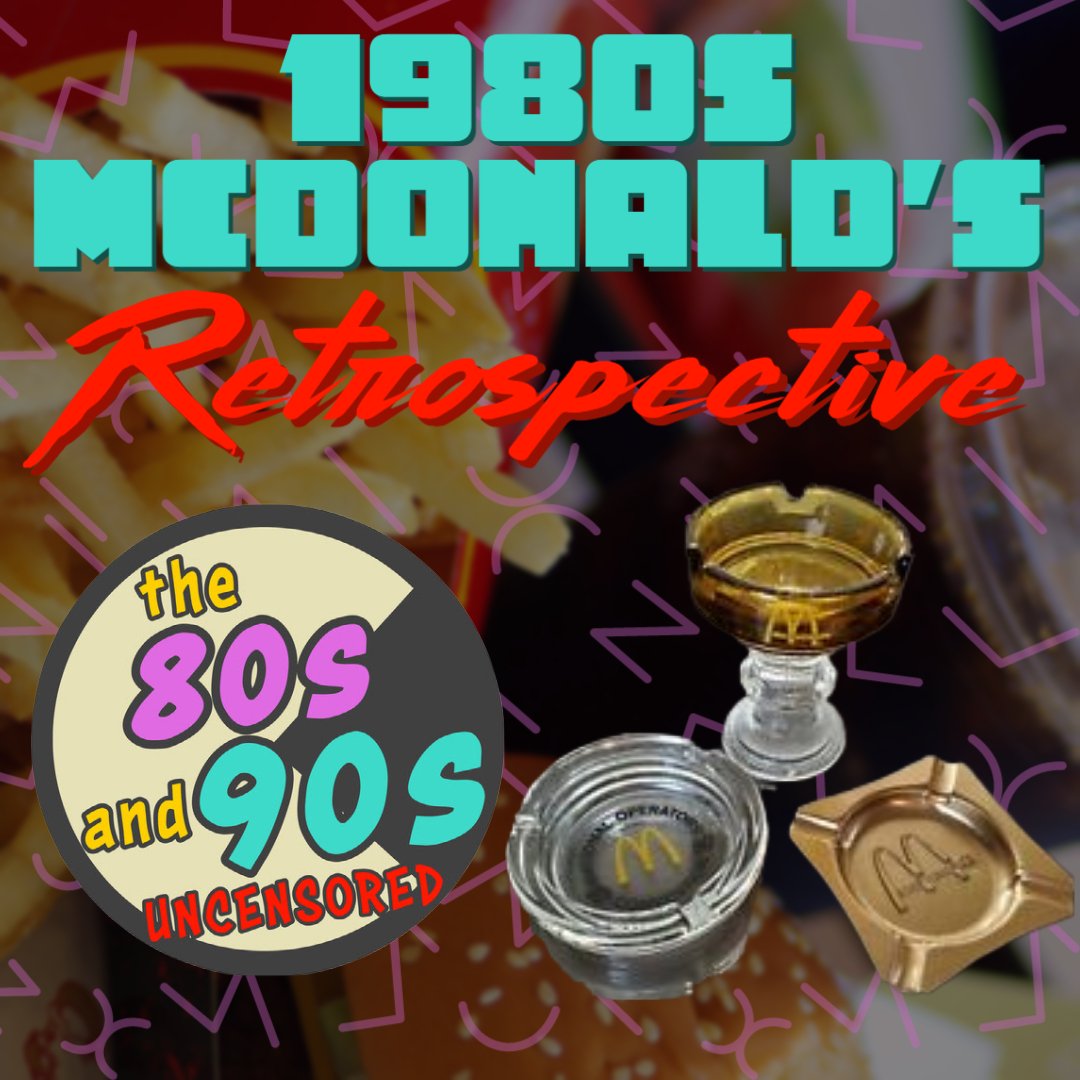

We are joined by author Alexander Cherin of “The Mighty 390” to discuss how 1980s California shaped the entire US.